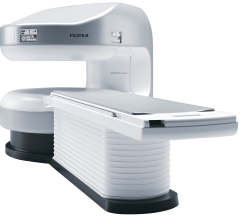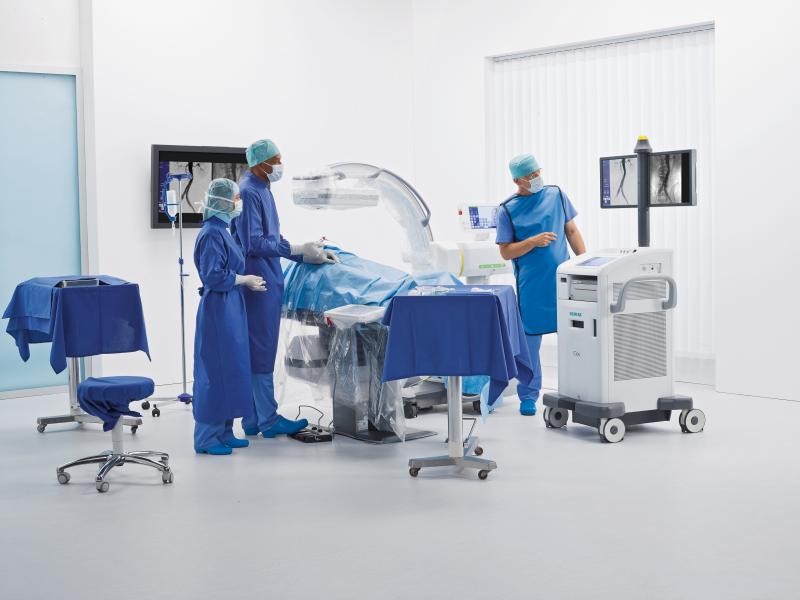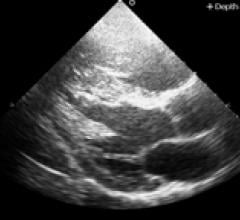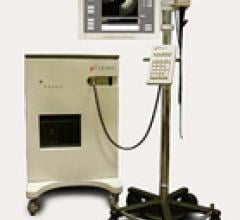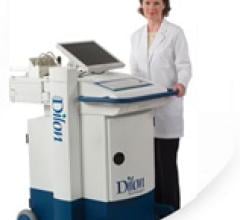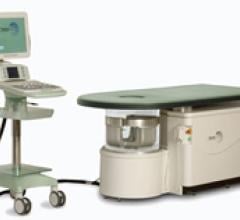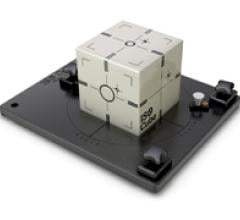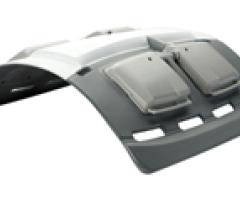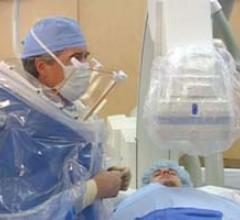The Breast Imaging Department of Magee-Womens Hospital of UPMC (University of Pittsburgh Medical Center) operates eight breast centers, providing far-reaching access to screening and diagnostic services for women in Western Pennsylvania. “Patients come here because we specialize in women’s health.
In order for the radiologist to do the best possible job, there are a number of systems that need to work optimally. Not the least of these is the monitor on which the images and information are displayed, especially in digital mammography; in fact, if the monitor is not up-to-snuff, all the quality of the systems and processes that go before may be wasted.
Dictated narrative documentation remains the preferred mode for radiologists, both for its convenience and speed as well as its unique ability to capture reasoning, context, and other meaningful patient detail that is critical to physicians beyond structured template data. As such, dictated information will play a central role in meaningful use.
Fujifilm’s APERTO Lucent is a 0.4T mid-field, open MRI system addressing today’s capability and image quality needs ...
There is often a large gap between implementing technology and actually using it. Ensuring that healthcare providers not only have access to important patient information, but also that they are using it in a meaningful way is the purpose of the recent meaningful use (MU) definition.
Radiation oncologists have several imaging tools available during the radiotherapy process. Before any treatment dose can be given, however, clinicians need to appropriately select and delineate the proper target volumes, or tumors, and they need to determine which organs may be at risk for unwanted dose.

SPONSORED CONTENT — Fujifilm’s latest CT technology brings exceptional image quality to a compact and user- and patient ...
One might not expect the old adage “good things come in small packages” to have validity when speaking about imaging systems, where some modalities require a room-size space to be utilized. But in the case of ultrasound, portable systems as small as a smart phone have made inroads in a variety of settings, with proponents wondering how they lived without them.
SPONSORED CONTENT — Fujifilm’s latest CT technology brings exceptional image quality to a compact and user- and patient ...
Mobile C-arm fluoroscopic X-ray systems are used for a variety of diagnostic imaging and minimally invasive surgical procedures.
April 13, 2011 – In the fall of 2010, leadership of the American Society of Echocardiography (ASE), physician-scientists active in cardiovascular ultrasound, respected ultrasound physicists and senior engineers from several ultrasound companies came together to brainstorm possible applications for cardiovascular ultrasound.
April 13, 2011 – Tomophase has installed its first minimally invasive optical coherence tomography (OCT) systems at the University of Texas Medical Branch (UTMB) in Galveston, Texas.
SPONSORED CONTENT — EnsightTM 2.0 is the newest version of Enlitic’s data standardization software framework. Ensight is ...
April 13, 2011 – The Wellcome Trust has awarded a Strategic Translation Award to GE Healthcare for research into the potential use of magnetic resonance imaging (MRI) for newborns at high risk of brain injury. This marks the first time GE Healthcare will collaborate with Wellcome Trust to extend the reach of MRI technology.
April 13, 2011 – The U.S. Department of Energy has highlighted Dilon Diagnostics as a success story in the field of medical technology and innovation for commercializing the technologies of the national laboratories. According to the government agency, Dilon and similar entrepreneurs, "build the new industries of the 21st century, and help solve some of our toughest global challenges."
April 13, 2011 – The Imaging e-Ordering Coalition is encouraging Medicare officials to look to existing clinical decision support tools to reduce costs, increase efficiency, support appropriate use and improve quality of care in diagnostic imaging.
Did you know that approximately one-third of all the data in world is created by the healthcare industry and that ...
April 12, 2011 – TechniScan's breast ultrasound technology and clinical results will be featured at the American Institute of Ultrasound Medicine's annual conference in New York this week. The highlights will include the latest results from an ongoing clinical study using the company’s Warm Bath Ultrasound (WBU) technology.
April 12, 2011 – A new online network for physicians has gone live. Quentry, from Brainlab, provides the freedom to access, control and share diagnostic imaging from anywhere within a secure clinical platform. The network debuted that the AANS Annual Scientific Meeting in Denver, Colo.

SPONSORED CONTENT — EnsightTM 2.0 is the newest version of Enlitic’s data standardization software framework. Ensight is ...
April 12, 2011 – The time spent on verifying the accuracy of a localized radiation treatment system should never be a hindrance to the delivery of quality treatment. The ISO Cube Daily QA Phantom, by CIRS, is an economical, accurate and easy-to-use means of performing daily system checks.
April 11, 2011 – The Society for Imaging Informatics in Medicine (SIIM) will host its 2011 annual meeting June 2–5, in Washington, D.C. SIIM 2011 offers an ideal balance of education and scientific sessions, exhibit hall hours and networking opportunities, with dynamic interaction between practitioners, thought leaders and vendors.
April 11, 2011 – Are You Dense, a non-profit breast cancer organization, has announced a partnership with U-Systems to increase awareness of dense breast tissue and its significance in the early detection of breast cancer. Are You Dense founder Nancy M.
April 11, 2011 – New evidence-based guidelines to help healthcare providers choose the most appropriate medical imaging exam are now available via the latest version of the American College of Radiology (ACR) Appropriateness Criteria.
April 11, 2011 – The U.S. Food and Drug Administration (FDA) has cleared a series of surface coils designed for use with a wide bore magnetic resonance imaging (MRI) system. GE Healthcare’s GEM (Geometry Embracing Method) Suite, used with the Optima MR450w 1.5T system, helps reposition patients less often and covers more anatomy.
To prevent physician fatigue and back pain associated with wearing protective lead aprons in the cath lab, the ZeroGravity Radiation Protection System offers increased radiation protection without weighing down the user. Using a ceiling suspended gantry system, no weight is placed on the body of the interventionalist and it allows for smooth movement along the X, Y, Z axis.

 April 13, 2011
April 13, 2011 
